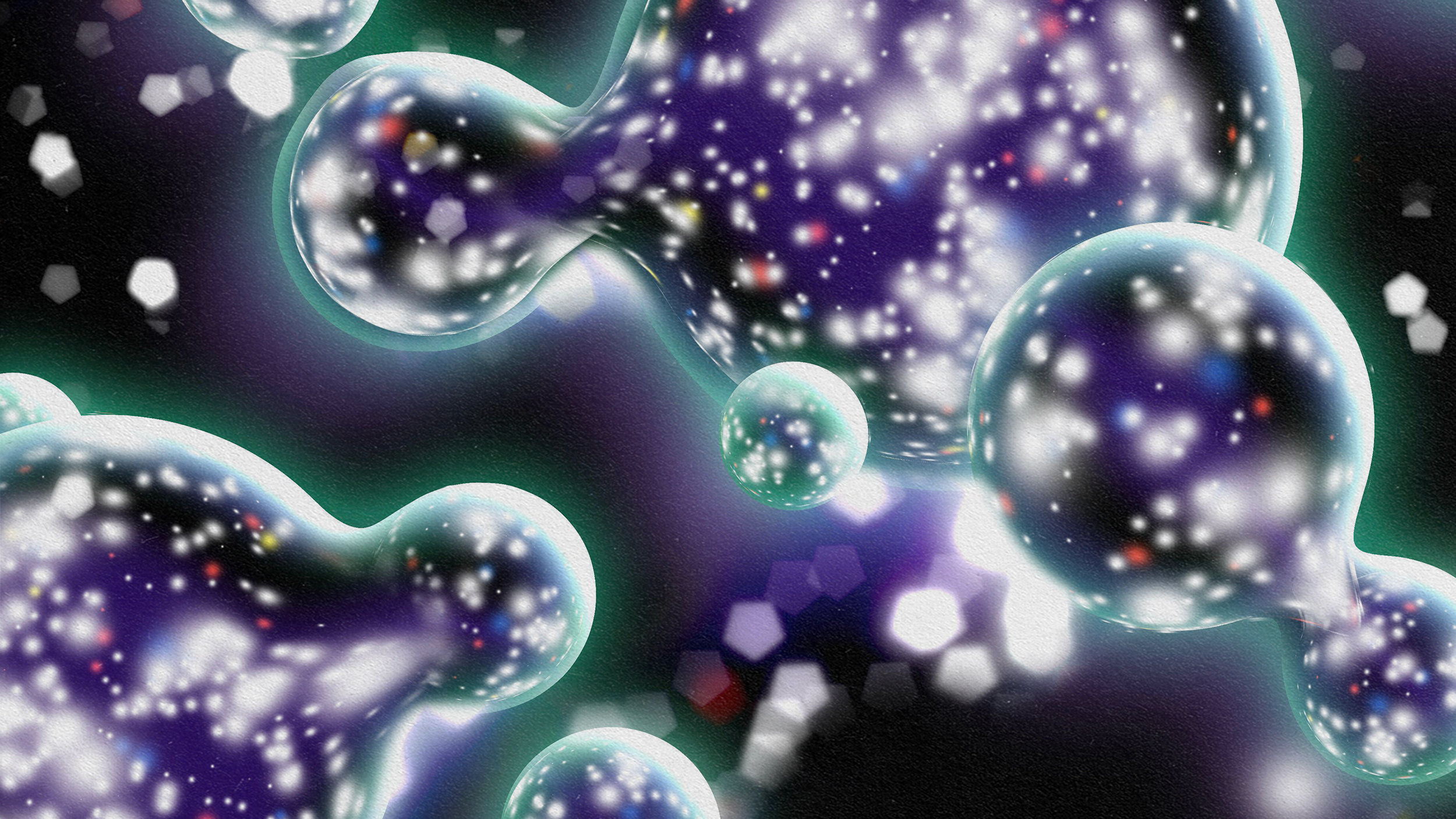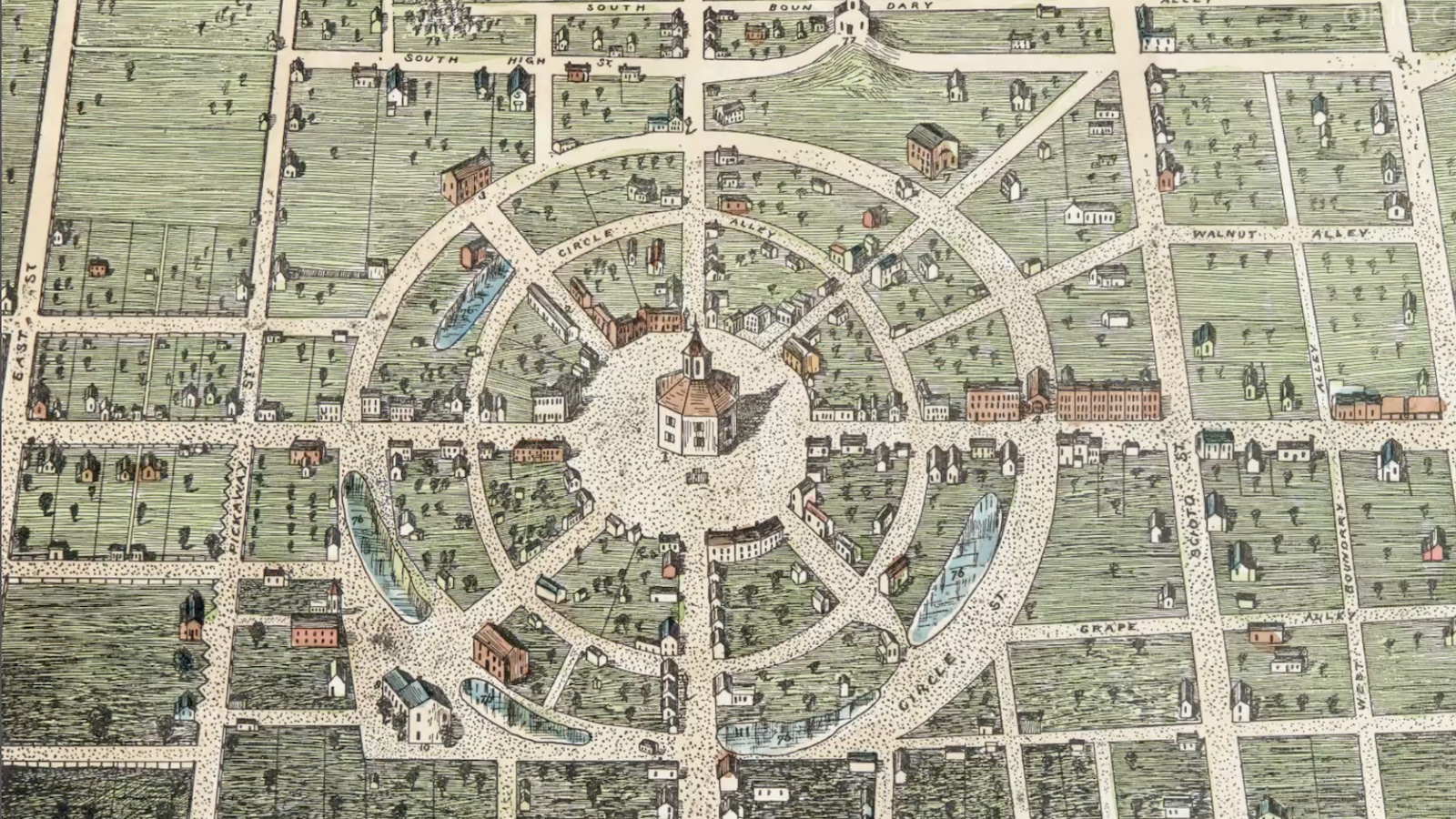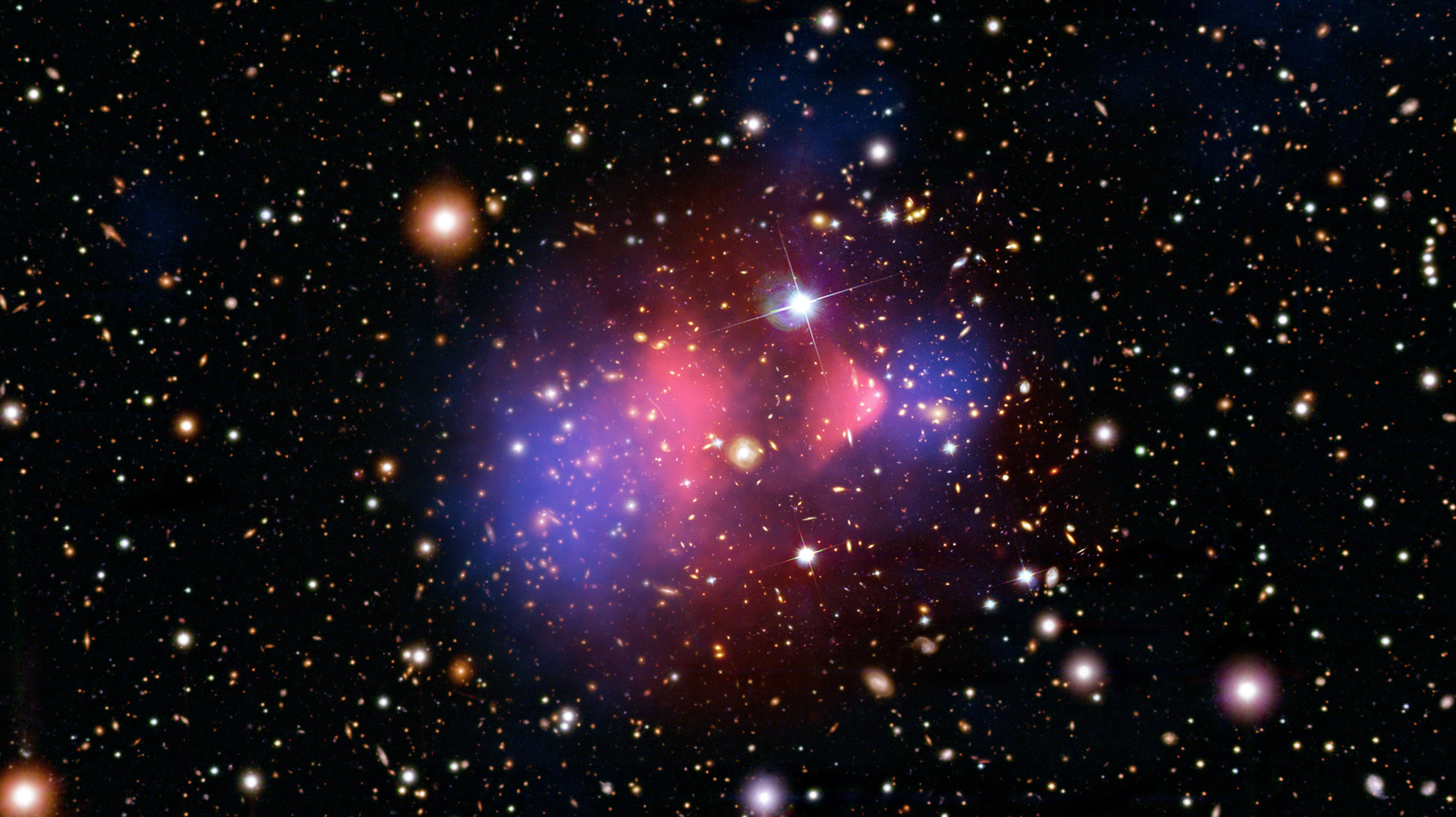We’ve Been Looking for Consciousness in the Wrong Place

One of the problems in the contemporary neuro-scientific study of consciousness is really a basic fundamental one, which is that we’ve been looking for consciousness in the wrong place. We’ve been looking for it inside of us. That’s a profound mistake. It’s a little bit like trying to find the dancing in the musculature of the dancer or trying to find the value of money in the chemical composition of the dollar bill. It’s the wrong kind of place to look.
The idea that I’ve had in my work is that instead of thinking about consciousness as something that happens in us or to us in our brains or anywhere else, why don’t we try to think of consciousness as something that we do or enact or perform in our dynamic involvement with the world around us.
There are some unquestioned assumptions that are motivating the neuro-scientific study of consciousness and I think nothing encapsulates that more than the idea that you see all over the literature in this field, which is that you are your brain. You, your personality, your emotions, your memories, your feelings are nothing but the action of your brain cells together with their associated molecules.
In fact, these words are almost an exact quotation of something that Francis Crick wrote in a book toward the end of his life called The Astonishing Hypothesis. Crick claimed that it was precisely this idea that you are really nothing but your brain. That is the astonishing hypothesis that has sort of come forward out of contemporary neuroscience. He said that idea is so strange to the way most people think today about themselves that it can truly be called astonishing. But the thing I argue in my book is that actually the striking thing about that idea is it’s not astonishing at all. The idea that consciousness is inside us, that there is a thing inside of us that thinks and feels and that you are that thing is an old idea.
In the olden days the older generation of philosophers and scientists couldn’t conceive how that thing inside of you that thinks and feels and is conscious could be your brain. They couldn’t understand, couldn’t even imagine how mere stuff, mere meat could do that. And so the contemporary scientists say it’s the brain that’s the thing inside of you that does all that. It’s not the soul, the immaterial spirit. But the truth of the matter is we don’t have any better idea today how the brain accomplishes what the spirit was supposed to accomplish. Sorry. We don’t have a better idea today how the brain does that than Descartes had how immaterial soul stuff does that.
So when I say that the contemporary approach to neuroscience is resting on unquestioned assumptions, I primarily have in mind the idea that consciousness is something that happens inside of you. Look, if I said to you here is a dollar bill, let’s look at it and try to discover its value you’d say that’s crazy because the value isn’t in the dollar bill. Where is it? That’s an interesting question. And then if you came to me and said “Look, I’ve got the best electron microscope in the world, let’s really study that dollar and try to find its value.” No, you’re looking for the value in the wrong place. And the idea I have is that the neuroscience of consciousness has been making that kind of mistake in assumption about where to look for an understanding of what consciousness is and how it happens, how it arises.





